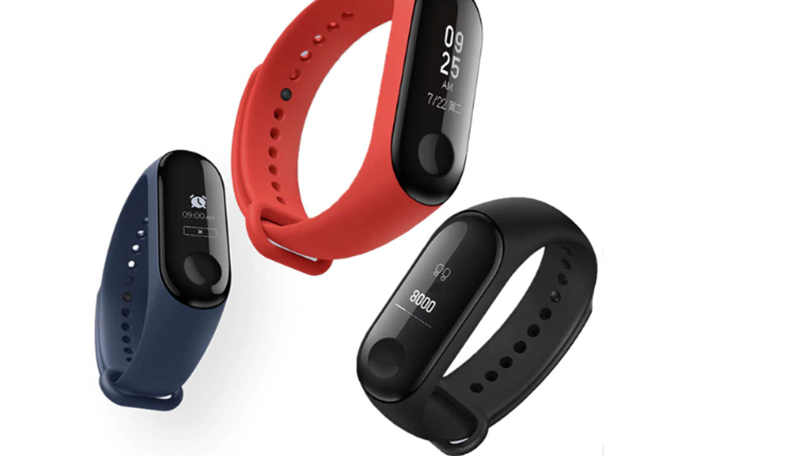Xiaomi took the top position with 21.5% market share in the global wearable segment in the Q3 2018 as Apple came second with 13.1% share, according to the latest IDC (International Data Corporation) report. Wearable shipments topped 32 million units during the third quarter of 2018, said the report.
Related Wearables Market to grow to $27 Billion with 137 Million Units Sold in 2022
While part of that growth has been attributed to the Apple Watch Series 3, Xiaomi, with its Mi Band fitness trackers, saw the most success in sales from the beginning of July to the end of September. Also, new products from the likes of Fitbit, Garmin, and Huawei helped the basic wearables category return to growth during the quarter.
Xiaomi has historically done most of its sales in China. But the company’s expansion beyond China and Mi Band 3 attributed to its growth in shipment volume to 6.9 million units. The Q3 saw only 61% of Xiaomi’s shipments to China, down from over 80% in typical quarters, as sales expanded further into India, Europe, and the Middle East/Africa territories – ideal areas for affordable wearables.
On the other hand, Apple chose to release its Watch 4 at a higher price than before and refused to drop an earlier Series 1 or Series 2 model down to the sub-$200 price point that might have dramatically expanded its market share. Still, price cuts on the Series 3 enabled Apple’s shipments to jump 54% to 4.2 million units, though its 13.1% market share by shipment volume was way behind Xiaomi’s 21.5%, reports Venture Beat.
Fitbit also experienced a decline (3.1 percent) in shipments from the same quarter a year ago, hitting 3.5 million units, which was mainly due to the sales of its Versa watches. Huawei came in fourth place with its sales jumping over 20% to 1.9 million units, thanks to its TalkBand B5 combination Bluetooth earpieces and fitness trackers. Samsung sold 1.8 million units, a 91% growth. Samsung’s growth was due in part its Galaxy Watch and also to aggressively priced Gear S3 and Gear Fit devices.
Related Global Wearables Market Shows Slight Increase Due to Emerging Market Gains, IDC Study Suggests
“Many of the new basic wearables include features like notifications or simple app integrations that bleed into smartwatch territory,” explained IDC senior analyst Jitesh Ubrani. “This has helped satiate consumer demand for more capable devices while also maintaining average selling prices in a market that faces plenty of downward pressure from low-cost vendors and declining smartwatch pricing.”













